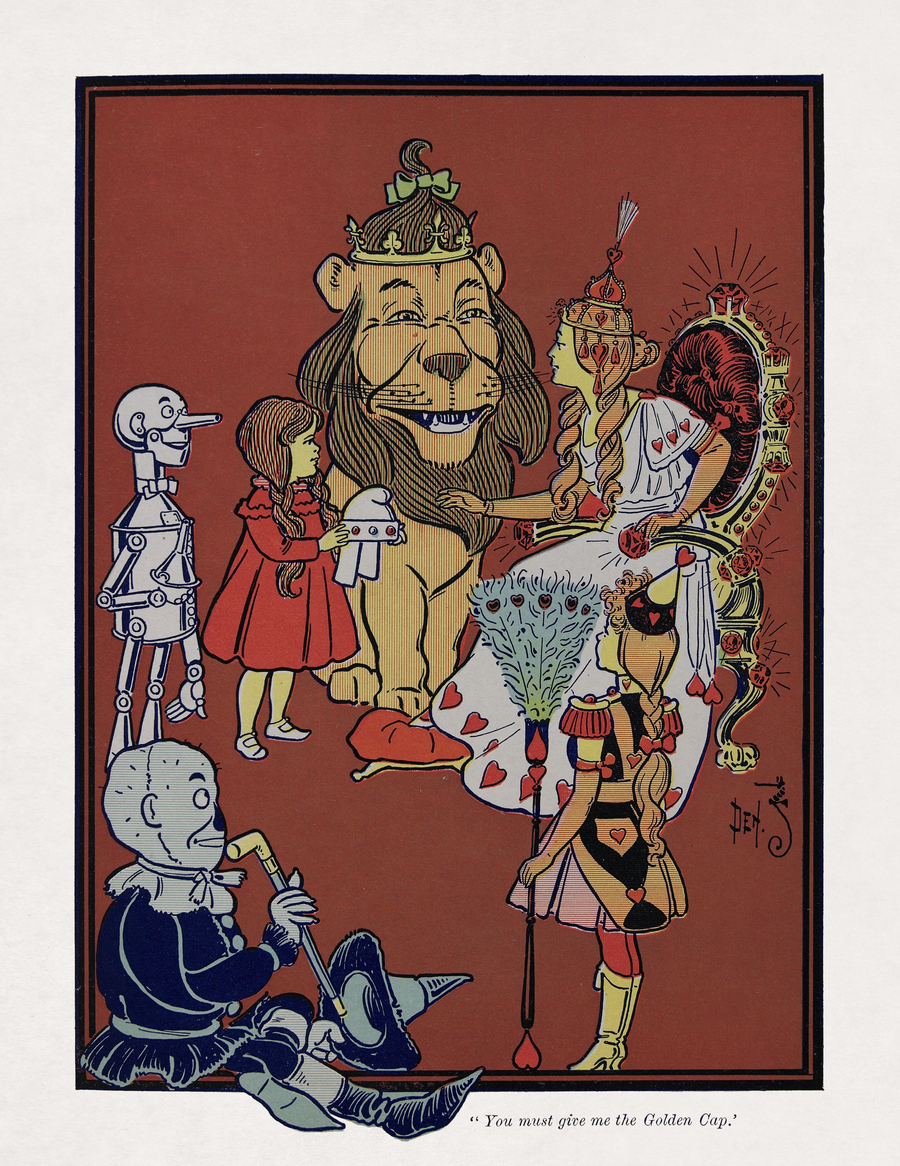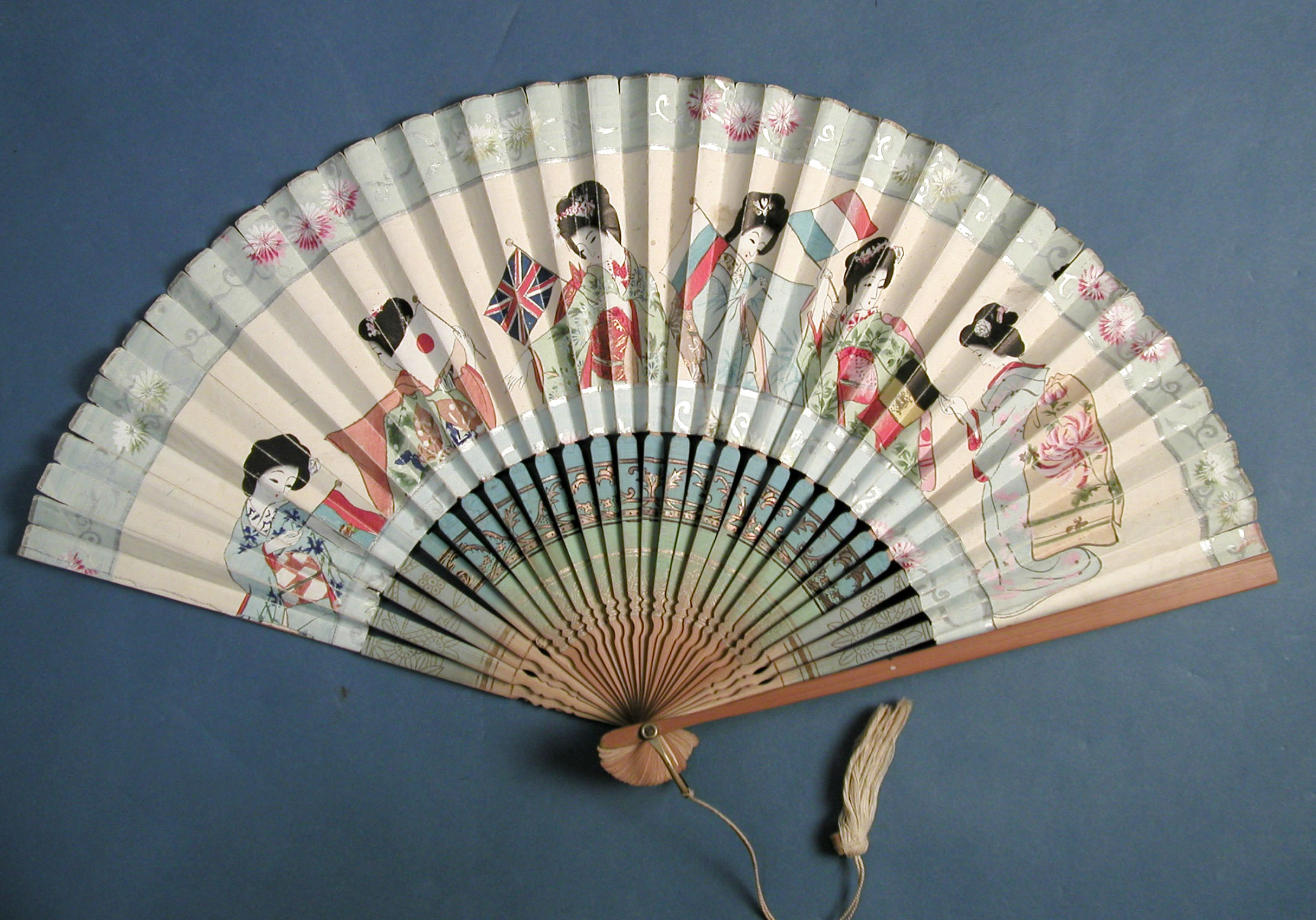
May 22, 2019
The Tension Between Graphic and Type Design
In the early days of the United States, roughly 120 years before the term “graphic designer” was coined, heated tensions between the typeface and publishing industries reached a boiling point. In 1802, 26 short years after John Dunlap produced the first printed version of the Declaration of Independence, Congress chose to establish a 7.5% tax on European metal printing type. The tax was meant to expand on the recent elimination of an existing duty on European-mined antimony—a metal that is alloyed with tin and lead to make metal type durable enough to withstand the daily beating of a busy press. The House Committee on Commerce and Manufactures issued a report that made it clear that its decision to advantage domestic type foundries, by dampening their foreign competition while also discounting their raw materials, was specifically intended to protect domestic manufacturing. To be even more specific, it protected a single domestic manufacturer: Philadelphia’s Binny and Ronaldson.
Archibald Binny and James Ronaldson—owners of the only type foundry in the United States at the time—had managed to convince Congress that the high cost of European-mined antimony combined with the competitive pressure of European-type foundries threatened the very existence of the domestic type industry. Calling their single operation an “industry” was a stretch, but it appears that Congress took their claims at face value. Binny and Ronaldson were able to persuade the lawmakers that their foundry alone was capable of supplying enough metal type to meet the needs of all of the young country’s printers and publishers.
The printers and publishers disagreed. In their view Congress was granting a single, ill-equipped type foundry a monopoly which would, in effect, financially choke their publishing operations and smother the dissemination of news and ideas throughout the United States at a time when communication was critical to maintaining the fledgling union.
New York City was already a vibrant publishing center. A flurry of books and newspapers were printed and sold alongside shellfish over the cobblestones of lower Manhattan. In February of 1802, fifty four book and newspaper publishers and sellers met at the Merchant Coffee-House on Wall Street to discuss the crisis created by Binny and Ronaldson’s lobby. Together, they wrote a petition describing the “impolicy of the proposed additional duty on the importation of Printing Types.” They framed the duty as a “tax [on] every reader in the United States for the involvement of the few persons who are concerned in the business of Type-founding.” Further, they declared that imposing such a tax would “do extensive injury to all persons concerned in printing.” Lastly, they shared their collective, professional estimation that Binny and Ronaldson were only capable of supplying “a twentieth part of the demand from printers in America.” The signed petition was mailed to the House of Representatives the same day of their meeting.
Shortly after the publishers sent their petition, New York City’s journeymen printers got together at the Franklin Typographical Society where they drafted their own petition to Congress. Theirs was written in the same spirit as the petition of their employers. In addition, they framed the crisis as a labor issue speculating that the proposed taxes would “deprive two thirds of the Journeymen Printers in the United States, of their means of subsistence.” Within a month, similar petitions drafted by groups of publishers and printers in Philadelphia, Boston, Baltimore, and Charleston had been mailed to Congress. In the end, the sum total of these pleas proved to be persuasive. In 1804, Congress agreed to repeal the tax on European metal printing type.
Binny and Ronaldson’s lobby was overreaching. Arranging for a government-mandated monopoly had the inverse effect of turning all of their customers against them. The incident altered the trajectory of the type and publishing industries in the United States and complicated the relationship between them. When I first stumbled upon this seldom told story, buried within Steven Carl Smith’s fascinating book, An Empire of Print: The New York Publishing Trade in the Early American Republic, it struck a chord because 215 years later an odd tension between the fields of graphic and type design remains.
Today, it’s common to overhear people deflate the efforts of graphic designers by saying, “but, they just pick fonts?” Ironically, these same people often don’t realize that type designers exist at all. Ask someone on the street if they’ve heard of Helvetica and they’ll likely say yes. Ask them who designed Helvetica and I guarantee they’ll have no idea. Typefaces are elemental enough to be taken for granted without consequence. Even graphic designers, who wield the work of type designers with great care, can become lulled by exposure into forgetting the years of learning and effort that lurk behind every letter.
Type designers know their work can be taken for granted. The next time you find yourself in a room full of type designers, ask them their opinion of optical kerning and watch them twist into dispirited knots. Optical kerning is a typesetting software setting that ironically replaces a type designer’s countless hours of optical letter-spacing refinements with an algorithmic opinion. When graphic designers use optical kerning they’re either telling type designers that they don’t trust them, or that they disagree with their judgment. Both are bitter pills to swallow. No matter the reason, type designers often feel that graphic designers simply aren’t qualified to contradict them on the topic of letter-spacing. Optical kerning is just one example of the tensions that can still arise between these complexly connected disciplines.
“I also studied graphic design as a way to discover type. and I regarded type design to be the purest form. The best you could aspire to in our field.” —Elizabeth Carey Smith
Graphic designers wield type, but the bond between graphic and type designers goes well beyond tool maker and that tool’s wielder. The line between the fields is blurry. Further, a font isn’t a tool, it’s a material. Type is more than useful, it’s the raw ore of graphic design—the raw ore of reading. Although the fields operate on different levels of the reading experience, both are equally concerned with the needs of readers. It’s nearly impossible to imagine graphic design without type design. The disciplines are bound beyond their boundaries and so any level of contempt between the groups is tantamount to insecurity.
The field of graphic design has evolved to believe that customer empathy should be the cornerstone of the design process. The field of type design appears to have branched slightly from that evolutionary trajectory. Jess McCarty recently spoke to this at TypeCon, encouraging type designers to adopt a customer-needs mindset. Her talk was inspired in part by a Twitter thread she sparked, where graphic designers shared how they felt about type designers. She received responses like: “I met a few too many type designers who basically put up some version of ‘you need to be this tall to use my work.’” And: “Designers can be intimidating to the general public, but within the industry, the typophiles are often intimidating to the average designer.” And: “Type designers cast themselves as aloof, holier-than-thou geniuses. They forget that they’re in the service industry.” McCarty notes that “Not a single response spoke of [the type design] industry positively.”
The sum total of these cultural differences may be what Mary Catherine Pflug described in her 2017 Font Purchasing Habits Survey (1,900 respondents) as a “type bubble.” She explains, “I’m not necessarily talking about a financial bubble here. I’m talking about a social bubble. The type designer respondent group thinks differently from the rest of the [design] population.” In Pflug’s 2018 survey (15,745 respondents) she notes, “type designers still have very different responses than the rest of the population.”
“For full time type designers, who don’t see themselves as graphic designers, I think there’s often a bit of bewilderment as to what graphic designers want and need.” —Thierry Blancpain
I followed up with Pflug to ask her why type designers think differently. She observed that while critique is instrumental to the practice of both graphic and type design, type designers take the critique of typographic features to an extreme because crafting type is inherently about attending to the smallest details. She notes “It’s important for type designers to find a balance between critical mindedness and the openness to encourage new people to join in, experiment, make mistakes, and learn.” The signature hyper-criticality of type design’s culture can manifest as a barrier to entry into the field. This same barrier can also create distance between type designers and their customers.
To be fair, when expressed through a growth mindset, that criticality also has the potential to manifest as community. The best example of this constructive camaraderie that I’ve experienced, which runs counter to the popular opinions shared in McCarty’s aforementioned Twitter thread, is the warm, encouraging atmosphere of Thomas Jockin’s Type Thursday events. Once a month, graphic and type designers gather at the Type Director’s Club in Manhattan—and in seven other cities across two continents—to toast, talk shop, and critique the fonts in progress of a few attendees. None of the arrogance or exclusivity that graphic designers commonly attribute to type design’s culture is present.
Accurate or not, graphic designers do view type design’s culture as exclusionary and perception shapes reality. Maybe that tension is a legacy phenomenon, a holdover from the pre-digital era? Maybe events like Type Thursday herald a new paradigm? The democratization of graphic design tools has led the public to discover a newfound appreciation and affinity for graphic design. Perhaps the democratization of type design tools is having the same warming effect on the relationship between graphic and type designers. When graphic designers try their hand at type design they become more appreciative of the effort that goes into designing type and more sympathetic to type design’s culture. Maybe, in describing the social gap between graphic and type design, Jess McCarty and Mary Catherine Pflug are in effect helping to close it.
Earlier I said the disciplines of graphic and type design are “bound beyond their boundaries.” Indeed the tensions between them are akin to tensions between family members who drive each other crazy precisely because they know each other so well. That brand of intimate tension comes packaged with some level of love. There is affection underneath the angst.
The 1802 meeting of New York City’s publishers, inspired by Binny and Ronaldson, also inspired the publishers to organize the first national book fair, which took place in the same year. Never before had the publishing industry in the United States taken on a unified, nationwide character. At the end of the first day of the fair, the publishers and printers gathered for dinner and raised their glasses in a series of 16, carefully drafted toasts to all the facets of their industry. One of the toasts was to “The sister art of Letter-founding.”
Observed
View all
Observed
By Brian LaRossa
Related Posts

Business
Kim Devall|Essays
The most disruptive thing a brand can do is be human

AI Observer
Lee Moreau|Critique
The Wizards of AI are sad and lonely men

Business
Louisa Eunice|Essays
The afterlife of souvenirs: what survives between culture and commerce?

Architecture
Bruce Miller|Essays
A haunting on the prairie
Related Posts

Business
Kim Devall|Essays
The most disruptive thing a brand can do is be human

AI Observer
Lee Moreau|Critique
The Wizards of AI are sad and lonely men

Business
Louisa Eunice|Essays
The afterlife of souvenirs: what survives between culture and commerce?

Architecture
Bruce Miller|Essays
